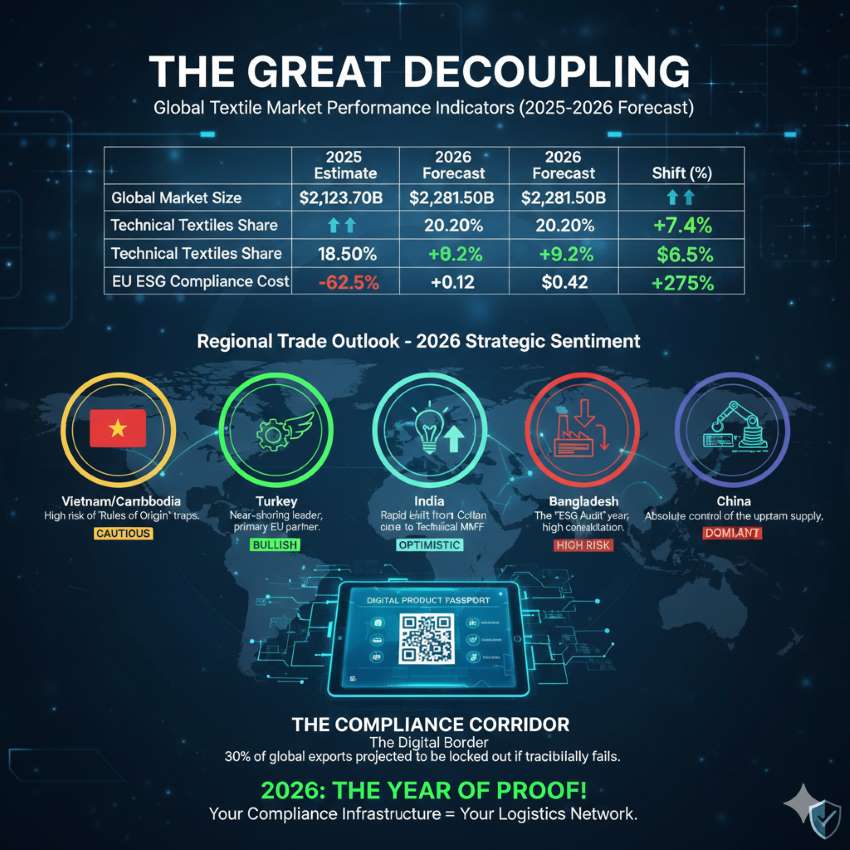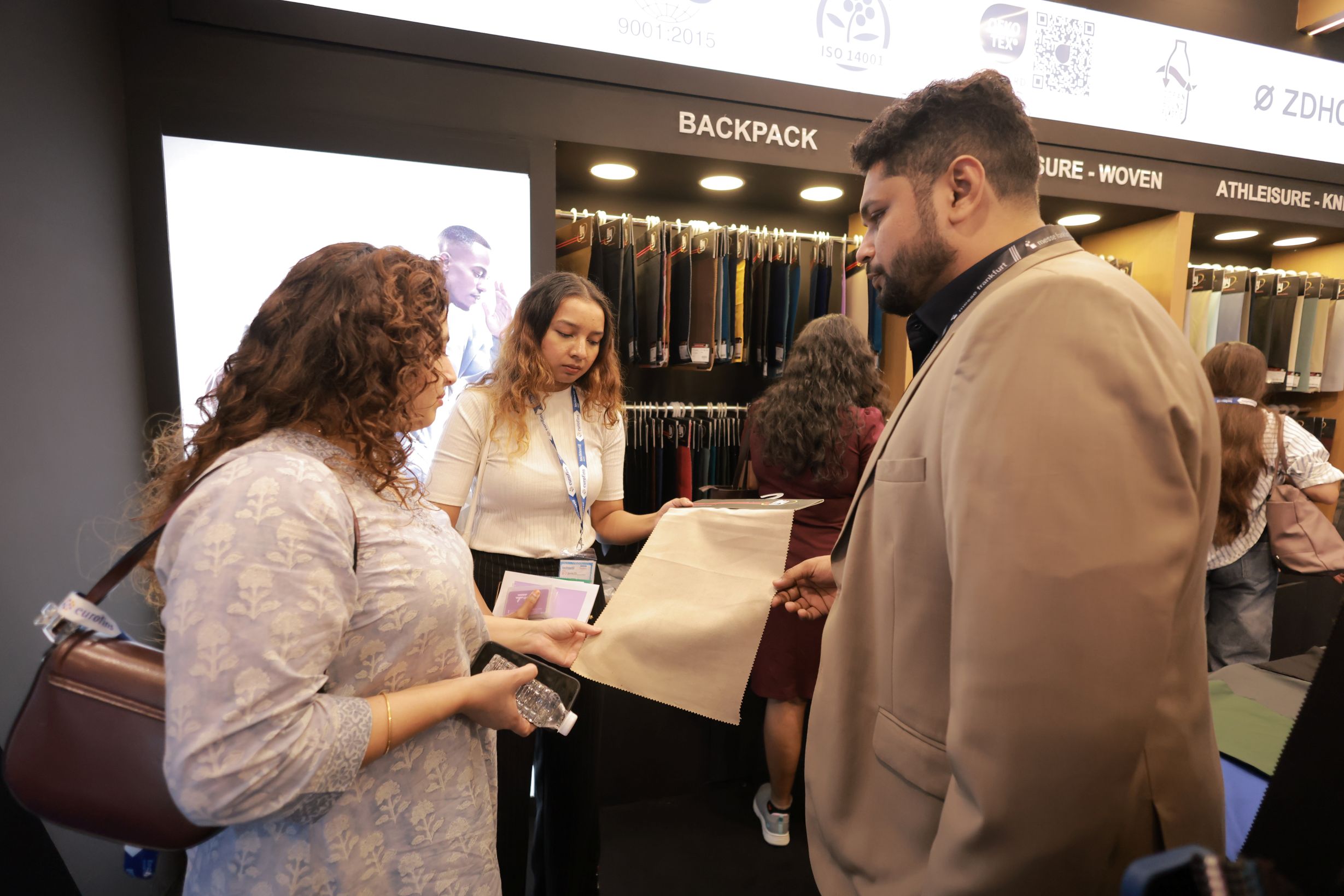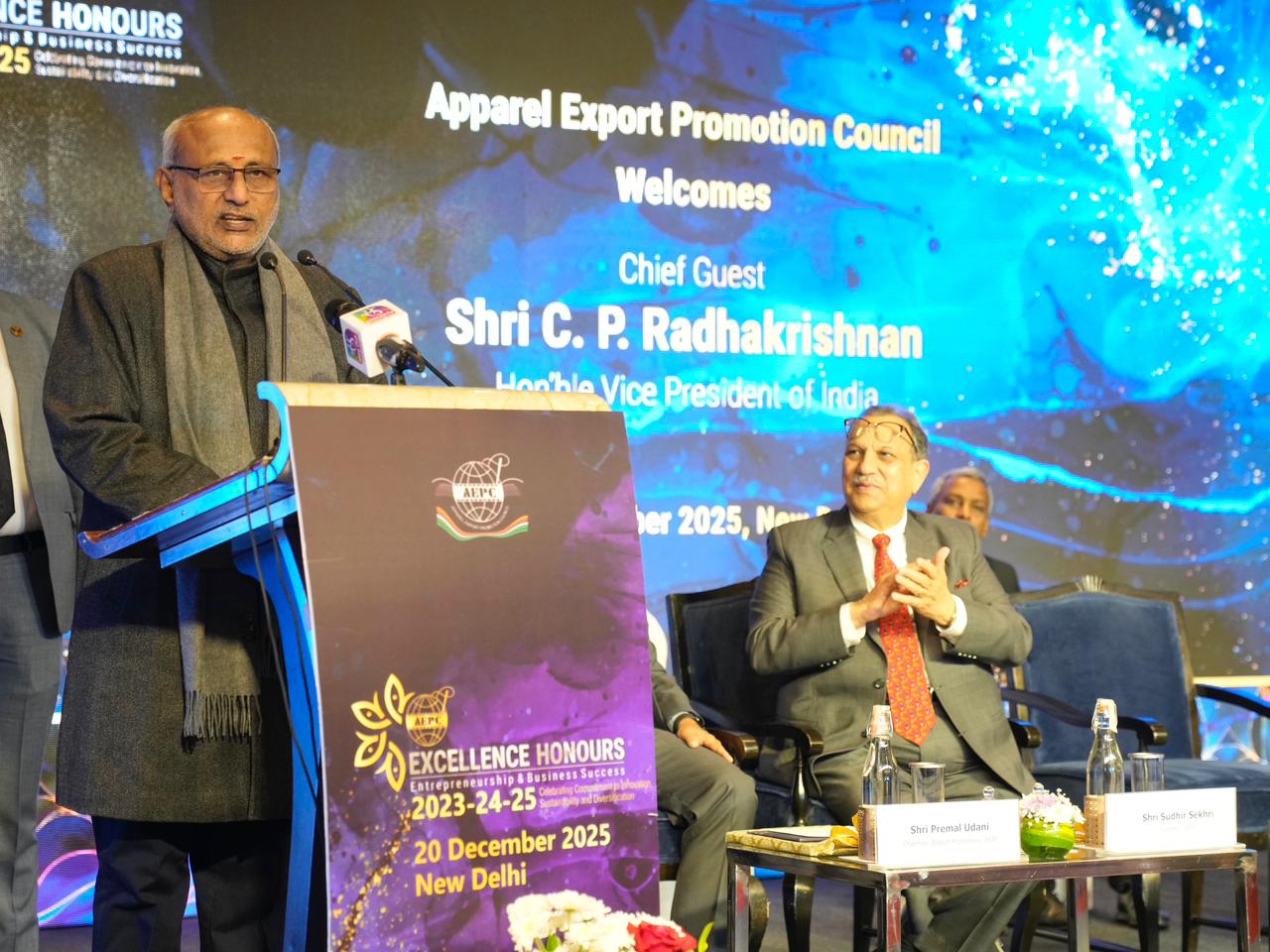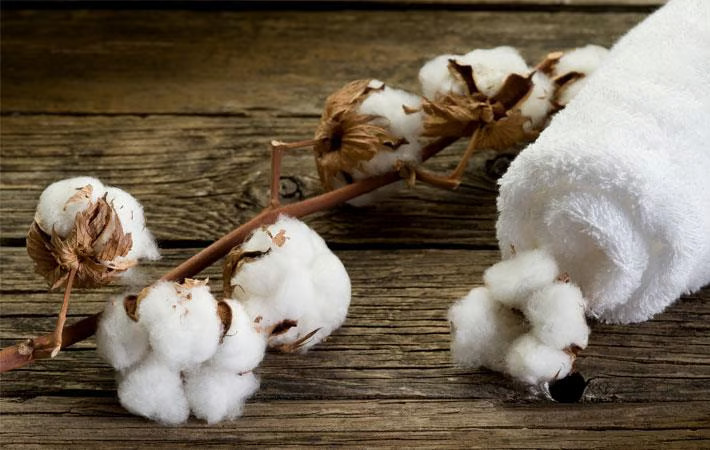FW
Taiwan’s textile manufacturers are catering to the global demand for fashion-forward athletic apparel. Chainlon is a leading manufacturer of nylon 6, nylon 66 and nylon fiber air textured yarn. The company uses green technologies like recycled yarn, dope dyed yarn and deep dyed yarn. The manufacturing process can reduce energy consumption, Co2 emissions and eliminate wastewater.
Far Eastern New Century makes a kind of luminescent yarn for those who go to night sports like running and jogging. It thus enhances the safety of night time sports. It is suited for gloves, caps, shoes etc. Another product is a two tone filament which provides multiple combinations of colors. It also provides thick and thin effects for those who like a fashionable look.
Hung Wang specialises in horsehair braid and other braids including paper braids, hemp braids etc. The crinoline made of 100 per cent polyester is perfect for wedding dress and millinery use. Another specialty is a kind of straw braid consisting of four per cent polyester and 96 per cent paper yarn.
Shinkong offers a hydrophilic polyester fiber designed to enable active temperature and humidity management. It has a high hygroscopic characteristic with an inherent anti-static function.
www.chainlon.com.tw
UK based manufacturer of super absorbents and nonwoven materials, Technical Absorbents (TAL), for the first time, is set to exhibit at the ‘Performance Days’ functional fabric trade fair in Munich on November 3 and 4, 2015.
Performance Days has become a well-established semi-annual event, created as a special platform for functional sports and work wear fabrics, including yarns, finishes, and accessories. TAL would be displaying its technology to many different visitors, which includes major European sportswear brands.
Super Absorbent Fibre (SAF), which apparently absorbs up to 200 times its own weight in demineralised water, is manufactured by TAL. It also has been developing SAF-based super absorbent solutions for over 20 years.
Technical Absorbents has a plethora of experience—from working with clients from zero level, supporting development programmes, to creating bespoke absorbent solutions that are tailored to meet specific customer requirements.
Dr Mark Paterson, Product Development Director, TAL explained that SAF can be converted into a wide range of disposable and durable fabrics for use within performance apparel. Being fibre-based, TAL’s fabrics can be precisely tailored into a diverse range of functional fabric formats that offer the potential for enhanced design and performance, he added.
Technicalabsorbents.com
www.performancedays.eu
After two foreign nationals were gunned down in Bangladesh, international retailers postponed their scheduled meeting with garment makers citing security fears in Dhaka recently.
Faruque Hassan, Vice-President, Bangladesh Garment Manufacturers and Exporters Association said that the buyers' forum meeting, a regular monthly discussion between the retailers and garment makers has been deferred.
International retail comprises about 90 per cent of the country’s $25 billion receipts from garment exports a year and representatives from 65 to 70 international retailers participate in the meeting. Just five days after an Italian aid worker was murdered in the capital's diplomatic zone a Japanese national was shot dead by unidentified assailants in Rangpur.
A major garment exporter said that one of his major US buyers asked him via email whether he should visit Bangladesh or not as two foreign nationals were killed. The garment exporter told him not to cancel the trip as the situation had not worsened. However, industry insiders fear a reduction, cancellation and shift of work orders to other countries. Some retailers have even moved the meeting to Hong Kong, Dubai, China, India and Thailand and asked the garment makers to visit them in there instead.
Shahidullah Azim, Managing Director, Classic Group, one of the leading garment exporters said that one of his American buyers cancelled his trip to Dhaka and that he rescheduled the meeting and asked Azim to go to Dubai to attend it. He added that this is the peak time to get work orders for the fall season in the western world and if retailers cannot go to Bangladesh during this important season, the garment makers will lose work orders again.
www.bgmea.com.bd
A fall in global yarn prices and a glut in the international market have hit Indian textile mills and exporters hard. Yarn prices have declined around 30 per cent this year. The recent devaluation of the yuan against the dollar by China has also affected the spinning and textile industry in India.
A few players are looking for restructuring of their debt. Stocks of finished goods at mills have increased as buyers have refused to lift the stock because of the decline in prices. The price of yarn is down by Rs 10 on a month-on-month basis and by Rs 30 a kg compared with the corresponding period last year. The price of fine yarn (above 30 counts) is now Rs 156 against Rs 176 last year. The two-count yarn is now around Rs 136. The price reduction has eroded margins for the industry and affected their turnovers.
About 40 to 50 per cent of India’s textile production is exported and China is one of its big markets. But China is striving to push exports by making the pricing of its products attractive in global markets. With more stocks in the hands of Indian mills, prices have fallen in the absence of corrective measures.
Exchange rate fluctuations in economies have sizeable effects on import and export volumes—a 10 per cent currency depreciation generally results in a rise in exports of an average 1.5 per cent of GDP—because cheaper currencies make exports more appealing.
There has been a rising trend toward global value chains. Manufacturers have been making more products in multiple places, with different stages in the development cycle done in different economies. This production fragmentation weighs on any gains from currency depreciation because multiple economies and their respective exchange rates are also factored in. In general, increased participation in global value chains could lower the effects of exchange movements on trade prices and of trade prices on trade volumes.
The world’s recent exchange rate movements are expected to result in redistribution of new exports across economies. Among economies experiencing currency depreciation, the rise in exports is likely to be the greatest for those with slack in the domestic economy and with financial systems operating normally.
Organic cotton will be grown in the Satpuda-Pench corridor of central India. The aim is to combine organic agriculture with environmental conservation to create a win-win situation for both farmers and nature. The multi-year project will help 6,000 farmers obtain organic certification by the end of 2018.
This is an approach that minimises the negative impacts of farming while ensuring farmer livelihoods. By helping farmers go organic, the degradation of soil and water quality can be minimised. Costs can be reduced and yields for local cotton farmers can be increased.
Cotton farmers play a critical role in the apparel industry value chain. They will be trained to build the fertility of soil to increase yields and make natural plant pesticides and compost. This, in turn, enhances their agricultural productivity in the long term.
Central India is home to some of India’s largest intact forest tracts and iconic and endangered species including tigers and gaur. It is also home to several tribal communities with diverse traditional livelihoods. In recent years, however, cotton production has become a primary source of income for nearly 1.6 million farmers in the area.
Farmers that complete the program will also be able to obtain organic certification, giving them better access to international organic cotton markets.
The International Textile Fair (ITF) returns to the Dubai World Trade Centre for its second annual edition on October 11 and 12, 2015. National award winning textile exhibitors, global fashion authorities, revered academic institutions, exclusive keynote speakers, and the world’s leading corpus on sustainable fashion will assemble under one roof during ITF, hailed as the Middle East’s premier textile fair.
ITF is also a notable platform for fashion enthusiasts, with leading fashion institutions displaying their summer 2016 collection. The fair has now taken a step further, supporting the cause of sustainable fashion. Leading keynote speakers will this time deliberate about the importance of ‘looking good without costing the Earth’ and the importance of sustainable fashion in today’s day and age. Giving an impetus to the concept of “modest fashion” will be Alia Khan, Founder and Chairwoman of the Islamic Fashion & Design Council.
Not only will IFDC be conducting their own workshops, tutorials and panel discussions at the event but they will have an entire section dedicated strictly to Modest Fashion. ITF Dubai and Islamic Fashion Design Council have confirmed the presence of labels such as Gucci, Armani, Ralph Lauren, YSL, Prada, Moschino and more.
In its pursuit of ‘Achieving Textile Versatility’, ITF serves as a crossroad where the global textile industry congregates, giving the look and feel of an organized consortium. Staying true to its aim, the fair hosts varied types of exhibitors from across the world; be it a premium silk company from Italy, a nascent kid’s garment corporation from Peru, an international textile bureau from India, or the world’s leading corpus on sustainable fashion based in London.
www.internationaltextilefair.com
Textile units want a speedy disbursal of subsidies under the Technology Upgradation Fund Scheme. They say projects started during the blackout period set for TUFS – June 29, 2010 to April 27, 2011 – too should be considered for payment of subsidies.
Entrepreneurs want removal of the hank yarn obligation, which according to them is a major deterrent for growth and economic viability of textile mills. This age-old stipulation mandates units to produce a minimum 40 per cent of the yarn as hank yarn. Due to this, there is an excess production of hank yarn as consumption of the yarn has come down because of the growth of the power loom sector. And hence the rule should be scrapped, they say.
India’s textile sector is one of the oldest industries in Indian economy. It is one of the largest contributors to India’s exports with approximately 11 per cent of total exports. The industry’s export earnings grew by 5.4 per cent in 2014/15. The future for the Indian textile industry looks promising, buoyed by both strong domestic consumption as well as export demand. The organised apparel segment is expected to grow at a compound annual growth rate of more than 13 per cent over a 10-year period.
The US has made its position clear that it doesn’t intend to return the GSP benefit to Bangladesh until the country makes substantial progress on labor safety and labor rights.
However GSP applies to a very small part of Bangladesh’s exports to the US and hence has a minimal impact on US-Bangladesh trade and investment in the short to medium term. The bigger worry for Bangladesh is if and when it becomes a middle income or developing country. If this happens, it will lose duty-free and quota-free access to a host of countries including EU, Canada, Australia and Norway, and preferential access to some other countries that it has now on account of being a less developed country (LDC). This privilege has been a major force in the country’s export growth during the last two decades.
Most of Bangladesh’s exports that enjoy duty-free and quota-free access will be hit by the same tariff wall as faced by other countries such as India and Vietnam. The price advantage that Bangladesh’s exporters enjoy against non-LDC developing countries will disappear.
Bangladesh needs to prepare itself for this eventuality. Exporters who have become accustomed to duty-free access in other countries will have to learn to compete at reduced profits. There will have to be some restructuring of the export industries in order to flourish in the new trade regime.
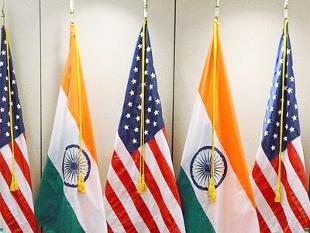
With the Trans-Pacific Partnership (TPP) trade agreement, of which Vietnam is a member, is expected to reach its conclusion later this year, the Southeast Asian country is emerging as the hot destination for investment. No wonder, the textile industry is seeing a lot of investments pouring in to take advantage of the ensuing opportunity.
Investors attracted to the textile sector
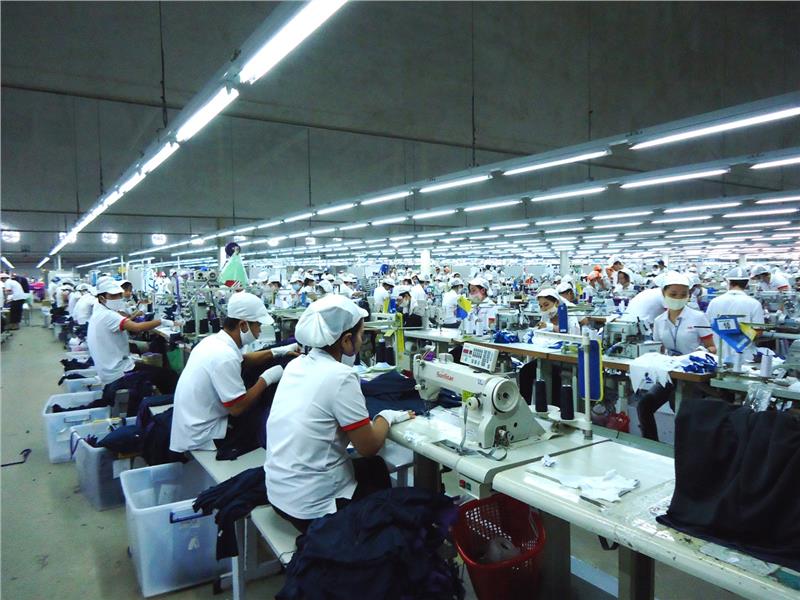
Out of the $5.85 billion of investment received by Vietnam during the first seven months of 2015, the textile sector represents over one billion, according to the Foreign Investment Department of the Ministry of Planning and Investment. This includes three major projects—the first is Turkish, for the production of fibre Dong Nai, a fund of $ 660 million. Second is Taiwan, which manufactures auxiliary industrial products for textiles and clothing from the Far Eastern Polytex sarl in Binh Duong, which is 274 million. And the third is Hong Kong, which is the plant fibre and colourful fabrics Luen Thai to Tay Ninh (160.8 million).
Luen Thai is the largest group of textile and clothing from Hong Kong (China). In Vietnam, this group will strengthen its investments in production as it is convinced of good prospects that it offers with regard to the future Trans-Pacific Partnership Agreement (TPP). After the reform of the Generalised System of Preferences (GSP) proposed by the US, the Hong Kong group has fully evaluated the benefits that products manufactured in Vietnam will benefit from the end of 2016.
Besides, a large number of Japanese investors are interested in the textile sector, with over 60 per cent of more than 500 Japanese companies surveyed reported having an investment plan in Vietnam. The industrial areas of the southern provinces of Long An, Binh Duong, Dong Nai and Tay Ninh, are the privileged sites chosen by Japanese companies.
Other Asian investors join the bandwagon
Apart form Japan, investors from South Korea, China, Hong Kong (China) and Taiwan (China) are flocking to the textile industry. Exports are expected to increase by 50 per cent. The signing of trade agreements has stoked the interest of many investors interest in the textile sector, which has great advantages in terms of exports to the European Union (EU), the United States, Japan and the Republic of Korea, says economists.
American and European investors are also particularly attracted to the Vietnamese textile industry. Julia K. Hughes, President of the Association of American fashion industry (USFIA) says that Vietnam is considered the country with most benefits in the TPP with low cost of its labour, its large-scale production and export capacity. It is just behind China, India, Bangladesh and Brazil.
Vietnamese textile will have no competition in terms of price with the elimination of taxes imposed on textile products from Vietnam to the US, Japan and the EU. The TPP is a proposed regional free trade agreement aimed at eliminating tariffs and lowering non-tariff barriers that is being negotiated by 12 countries throughout the Asia-Pacific region, which collectively contribute almost half of global output and over 40 per cent of world trade. The 12 countries include Australia, Brunei, Canada, Chile, Japan, Malaysia, Mexico, New Zealand, Peru, Singapore, the United States and Vietnam.

